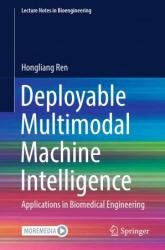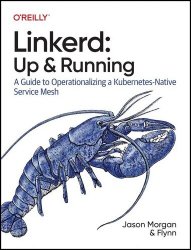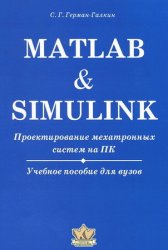 Название: Deployable Multimodal Machine Intelligence: Applications in Biomedical Engineering
Название: Deployable Multimodal Machine Intelligence: Applications in Biomedical EngineeringАвтор: Hongliang Ren
Издательство: Springer
Год: 2023
Страниц: 589
Язык: английский
Формат: pdf (true)
Размер: 23.5 MB
This book highlights the principles, design and characterization of mechanically compliant soft and foldable robots. Traditional rigid robots with bulky footprints and complicated components prolong the design iteration and optimization for keyhole and minimally invasive transluminal applications. Therefore, there is an interest in developing soft and foldable robots with remote actuation, multimodal sensing and machine intelligence. This book discusses the use of foldable and cuttable structures to design biomimetic deployable soft robots, that can exhibit a fair number of motions with consistency and repeatability. It presents the overall design principles, methodology, instrumentation, metamorphic sensing, multi-modal perception, and machine intelligence for creating untethered foldable active structures. These robotic structures can generate a variety of motions such as wave induction, compression, inchworm, peristalsis, flipping, tumbling, walking, swimming, flexion/extension etc. Remote actuation can control motions along regular and irregular surfaces from proximal sides. For self-deployable medical robots, motion diversity and shape reconfiguration are crucial factors. Deployable robots, with the use of malleable and resilient smart actuators, hold this crucial advantage over their conventional rigid robot counterparts. Such flexible structures capable of being compressed and expanded with intelligence perceptions hold enormous potential in biomedical applications.
Deployable mechanisms (DM) refer to the mechanics of the device actuation that can bring an object from a point, such as outside the body, to another target area, such as inside a body. DM can change its geometry to reduce its bulk size and improve transportability into the confined space. The internal deformation of the DMs can contribute to the ease of transportability. Upon reaching the target site, the mechanisms can reconfigure their geometry to accomplish a new purpose, such as inspections, collecting samples or delivering drugs. This morphing of the structure can be interpreted in a few ways, and one perspective is from the field of origami, the art of folding paper. The structure morphing is useful in transportability and could also be valuable for adapting and personalizing DMs to individual subjects. Robotic applications in confined spaces demand deployment efficacy in space-saving, shape-forming, and structure-morphing on the fly. Intelligent interactions with unstructured environments further require remote actuation and kinesthetic sensing.
Depending on the intended biomedical application, the future robot should possess different characteristics such as miniaturization, deployability, reliability, adaptability, compliance, and biocompatibility. The design constraints, specifications and considerations that underlie the robotics engineering techniques will have to reflect the desired characteristics and functionalities. Different robotics and Artificial Intelligence (AI) can give rise to 3D smart architectures advantageous to different biomedical applications.
Скачать Deployable Multimodal Machine Intelligence: Applications in Biomedical Engineering
[related-news] [/related-news]
Комментарии 0
Комментариев пока нет. Стань первым!















